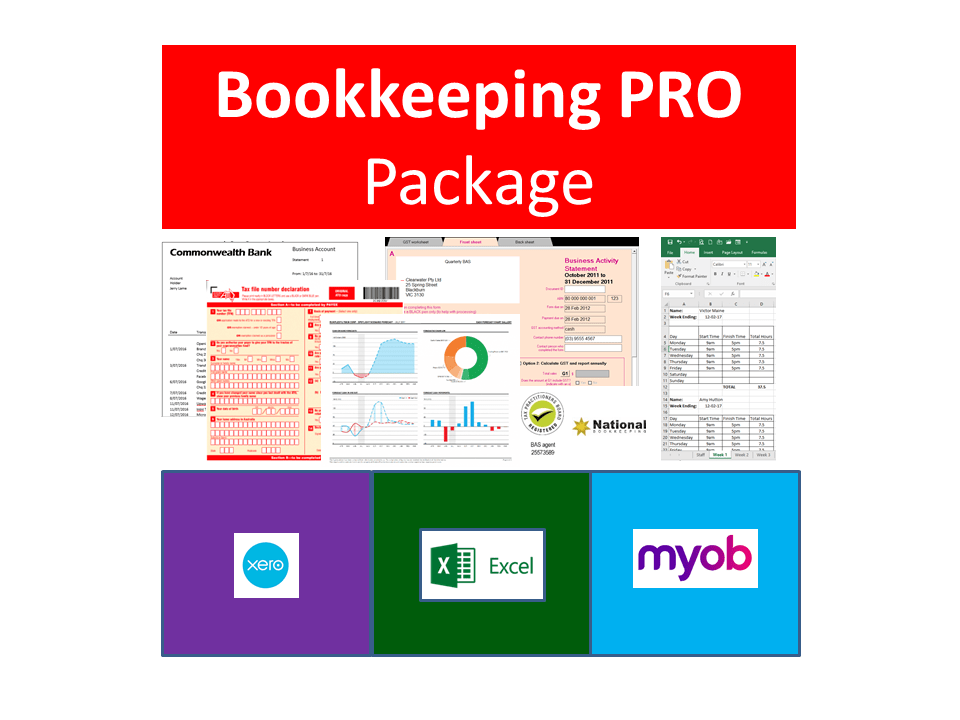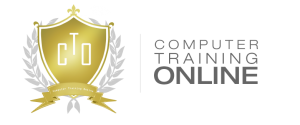This information is taken from the Australian Government Office Training Qualifications Website
| ELEMENT | PERFORMANCE CRITERIA |
| Elements describe the essential outcomes. | Performance criteria describe the performance needed to demonstrate achievement of the element. |
| 1. Set personal time priorities | 1.1 Set personal business goals/objectives 1.2 Identify personal and business accountabilities, listing both recurring tasks, and upcoming one-off tasks 1.3 Select a preferred process/method for prioritising tasks that are aligned to business goals 1.4 Identify any tasks or functions that can be delegated or outsourced 1.5 Plot the remaining tasks on a scale of importance |
| 2. Collect information on current time usage | 2.1 Research methods for logging time spent by task, including new and emerging digital applications 2.2 Use time-logging method to track time spent on daily activities, over a period of seven days 2.3 Assemble data, grouping similar activities and calculating the amount of time spent on each type of activity 2.4 Analyse the amount of time spent of activities of low-importance, compared with activities of high-importance 2.5 Review data and identify opportunities to reallocate time to tasks of higher importance, to increase overall effectiveness |
| 3. Implement time management strategies | 3.1 Schedule tasks according to level of importance and aligned with personal productive times 3.2 Employ digital technology solutions where possible to streamline or automate processes 3.3 Select and use tools that help plan time management and schedule tasks, including new and digital technologies 3.4 Incorporate blocks of time for personal tasks and responsibilities to assist with work-life balance 3.5 Set boundaries and communicate personal time to others, working out compromise solutions where necessary |
Performance Evidence
Evidence of the ability to:
- establish a representative pattern of current time usage over a specified period, applicable to business context, that identifies high-priority tasks, regular and irregular activities, distractions and time wasters
- demonstrate a systematic approach to improving time management that incorporates:
- prioritisation of work tasks and responsibilities that most align to business goals
- personal responsibilities and productive times
- selection of personal organisation tools or digital technology to plan scheduling of tasks
- flexibility to accommodate one-off or irregular activities
- employing digital technologies to streamline or automate existing tasks
- reflect on personal performance after new strategies are in place for a minimum period as relevant to business contexts and identify effectiveness of time management.
Note: If a specific volume or frequency is not stated, then evidence must be provided at least once.
Knowledge Evidence
The candidate must be able to demonstrate the following knowledge to effectively complete the tasks outlined in the elements and performance criteria of this unit, and to manage tasks and reasonably foreseeable contingencies in the context of the work role.
- Key features of at least three processes or technologies for prioritising tasks and the relative benefits of each
- Key features or a range of technology solutions that can be used for time management
- Key features of common distractions and time wasters for small business owners.
More detailed information on this subject is available here.





